[Interview Exclusive] Michael Cusack on Dynamic Development, Anime Influences, and Eroding Expectations in Season 2 of YOLO: Silver Destiny
Adult Swim’s YOLO: Crystal Fantasy quietly caused a stir back in 2020, but in that time it’s developed a passionate fandom who eagerly anticipate the show’s bold return in 2023. Michael Cusack is an Australian animator who has impressively transcended his YouTube roots and is responsible for some of the most avant-garde animated series of the past few years, including Smiling Friends and Koala Man. YOLO: Silver Destiny brings back Wollongong’s perennial party animals, Sarah and Rachel, for another season of heightened hilarity.
Rachel and Sarah are just as chaotic as ever, but subtle changes invade their worlds in YOLO’s second season. To celebrate the release of YOLO: Silver Destiny, Michael Cusack gets candid on the comedy’s evolution, the importance of dynamic character development and narrative serialization, and what’s in store for the future of this comedic codependent character study.
Daniel Kurland: The first season of YOLO ends on a fairly satisfying note that would have worked as a strong conclusion. Was a second season on your radar at all back then?
Michael Cusack: No, not at all. Season one felt much more stressful than season two, which seems to be the way that it goes with any first season. At the end of it I was kind of happy to be done with it. But you know, some months go by and you forget the stress that was associated with it, and you find yourself getting inspired by new ideas and concepts. We also had a lot of ideas that we didn’t get a chance to explore in season one that we already had. When we had the chats with Adult Swim about a second season, it felt right to do. At the end of the day, it’s a really fun project to work on. A lot of the people involved on it are just friends–whether they’re people I’ve known all my life or friends that I’ve recently made. It’s a nice, small team of talented people.
DK: This is the first time that you’ve produced a second season of one of your shows, correct? Was that an interesting experience to go through and did it result in any surprising revelations?
MC: Yeah, it was a touch easier this season, which I had mentioned. I find first seasons to be a difficult experience since so much of it is spent figuring out what the show is. In a second season you’re already lucky enough to have animation from the first season that you can base new drawings off of. You’re not starting from scratch. A lot of the heavy lifting is already done, which allows you to have more fun in the writing and the actual concepts that fuel the series. You’re able to focus more on the creative process, which is really the most fun aspect of YOLO.
DK: This is a very wild and silly show, but there’s also heavy serialization that runs through the first season and carries over this year. Talk a little on building those deeper narratives and why they were important.
MC: Sure, for season one it was Anca Vlasan and I who wrote the finales together. We had a really great time serializing the show. These characters were fun to continue exploring and the whole toxic relationship between Sarah and Rachel is fun. A lot of the writers, and myself, have been in relationships like that. It’s fun to examine why people stay in toxic relationships of that nature, what you see in a toxic friend, why they stick around, and the pros and cons of it all. YOLO is ultimately a funny show. It’s fun to do experimental stuff, comedy, and other bold ideas, but it was really just satisfying to see where their friendship could go over the course of the episodes.
It was fun in season two to lean more into this light serialization aspect where if you binge the whole season then you’ll get a deeper story that runs through it all. It was challenging because I’m not the greatest writer in the world, but I definitely learned a lot from that. Odd couples are explored a lot in TV shows; that’s nothing new. My philosophy is that whenever I watch an odd couple I wonder why the “good” person would stay with the “bad” one. Why would they put up with them? But that’s very true to life and there are all sorts of real relationships with that dynamic. It’s interesting and fun to explore the nuances of that, but to do it in a silly way, too.
DK: This season introduces Sharon, Sarah’s sister, who becomes an obstacle for Rachel. Do you plan to dig deeper into these characters’ extended families and why they are the way that they are?
MC: So, in contrast to what I was just saying in terms of character building and serialization, it’s also just fun to throw everything in the garbage and just indulge in chaos! There’s not much thought that goes into broader elements like Sarah or Rachel’s family because the jazzy, experimental creativity of the show means that anything can happen. Sarah could have a new brother or sister or random characters just pop in. A lot of the fun in the show just comes from the creation of oddballs in this strange world.
DK: Lucas is also along for the ride again this season. Why did you want to keep him in the picture?
MC: Yeah, I think that Lucas was one of our favorite characters from season one, but on reflection he wasn’t actually in that much of the season. This time we made much more of a conscious effort to have him involved in stories. It’s still absolutely about Sarah and Rachel as a duo, but it’s even said in one of the episodes, “Now we’re a trio!” That was a fun dynamic to explore because these three bouncing off each other is just so much fun. The most interesting character interactions would happen when those three were on screen together.
DK: Right from the start of this season you seed Sarah’s new passion for gardening and Rachel’s zest for domination. Why did these feel like the right journeys for them this year and were other hobbies considered?
MC: When I think about my future and my desires they kind of split off into two different directions. Sometimes I’ll just want to retire, chill out, and watch movies all day. But sometimes, if I’m in a different mood, I’m more driven to work hard, overachieve, and creating something worthwhile. It felt right to endlessly exaggerate those two impulses to the point where one wants to rule and conquer and the other just wants to be one with nature. Those two opposites seemed like they’d be a good way to test Sarah and Rachel’s relationship. They’ve now got very clear desires. Maybe one will get what the other one wants and that’ll cause friction between them.
DK: There’s obviously such an influence of Australian culture on YOLO. After working on Koala Man, was it difficult to figure out if certain ideas would be better suited for YOLO or Koala Man?
MC: Sometimes, but pretty rarely. I think the tones are pretty well set. It’s hard because I struggle, myself, with whether these two shows are set within the same universe. I don’t know if they are. I actually think that they’re two different bizarro versions of Australia. YOLO may be a bit stranger and more chaotic while Koala Man is occasionally more grounded. You can kind of feel it out though and instinctually figure out what ideas and storylines belong in which series.
DK: YOLO has a very distinct look to its animation, but I love how the show will occasionally dabble in different styles, like the anime-type material out of the Terry Cup or the more Americanized visuals in “Chaise and the City.” Are you looking for more opportunities to play with style like that and is it difficult to figure out when to do it?
MC: I remember that the founder of Adult Swim–Mike Lazzo–once said that what he enjoyed most in a show was when it would build something great and impressive, only to then rip it all apart. That free destruction always kind of stuck with me and became a bit of a golden rule when working on YOLO. It’s the way to make sure that the show never feels stale. We never want it to feel like a traditional animated show. At every moment it should feel strange and like it’s throwing curveballs at the audience.
A lot of the time I’ll do drawings on the show, but we’ll also leave them up to our artists to just have fun with and go nuts. It’s a sandbox to play in. You can sometimes do an incredibly detailed drawing, but sometimes it’s better for the comedy if it’s a completely crappy drawing. It’s a mix when considering what contextually works best for the story, but it should always feel fun. I hope that energy comes through the screen.
DK: Off of that, one of my favorite moments from the entire series is Sarah’s live-action dance sequence in season one. Was that difficult to accomplish and would you like to experiment with more live-action sequences? Is there anything on that level in season two?
MC: There is a bit more live-action in season two, yes. In season one it was just a matter of breaking down the medium and not being afraid to take risks. Zach [Hadel] and I also did a bit of that on Smiling Friends. It was weird to shoot for sure, because it was me dressed as Sarah and just dancing in a studio by myself. It was a pretty easy shoot day. We just did it in this tiny theater, with a crew, and it was directed by Michael Shanks. But like I said, it was just fun to do something different. The goal is to just keep things interesting.
DK: It’s funny that after watching Koala Man and coming back to YOLO I had forgotten that the latter is a quarter-hour show. It really feels like you fit a full half-hour in there.
MC: That’s really great to hear. Thank you for that. Yeah, we really try to fit what could be a half-hour show into 11 minutes. That’s the fun of it because you need to do a lot of cutting. A lot of the time you’re cutting out things that you really love, but it forces you to consider what are the essentials of an episode that need to be there in order to communicate everything that’s necessary.
DK: You mentioned Zach a second ago and you both have a history creating content on YouTube and playing with experimental animation. There’s been a greater push in the past few years to give creators with your background bigger opportunities on television. Is it gratifying to see those changes and what do you think it means for the future of animation?
MC: I’m just so happy to see it. I’m so happy for Zach and all of the Newgrounds guys who got the chance to either voice act, or work, on Smiling Friends. The people who work on YOLO have very similar sensibilities. At the end of the day, if I’m helping people achieve goals or dreams in any way then that means the world to me. That makes the work actually worth it beyond any narcissistic dream of mine to do this kind of stuff. It’s really fun to work with everyone. I love it. But that’s the most rewarding part of the work.
I grew up watching Salad Fingers and the like, but that stuff was funnier to me than anything that was on television at the time. That would run through my head and I’d wonder why these creators didn’t have TV shows when they were so talented and so funny. The answer to that is nuanced and there are a lot of variables to it, but at the end of the day there’s a big audience for content creators online. And by the way, TV is not the end goal of everything. You can still tell great stories on YouTube or wherever. If people want to get on TV, and we can help them do so, then they should get on there!
DK: This season features a very tongue-in-cheek name change from Crystal Fantasy to Silver Destiny that’s ultimately frivolous. How did this joke come about, were Adult Swim against it, and were there other weird titles in consideration before Silver Destiny?
MC: There were other weird titles in consideration. “Crystal Fantasy,” the first season, came to fruition from Todor Manojlovic–who plays Rachel–and I, kind of riffing on two- or three-word phrases that feel like they could be out of an anime; “Bubblegum Crisis”, “Cowboy Bebop.” A lot of those titles are just nonsense words thrown together, but they somehow really make sense. There was also some inspiration from Pokémon and how their games would use different colors and gems for their sequels. There’s something really aesthetically pleasing, and perhaps nostalgic, that makes those names work.
“Silver Destiny” came about because we had “Fantasy” in the first season and “Destiny” isa bit more of a reference to the more serialized nature of this season. I actually think that the “Destiny” phrase might have been figured out before we knew that they’d have destinies this season–I can’t recall which came first. “Silver” was pretty arbitrary too and it was honestly probably influenced by Pokémon. It’s just fun to come up with silly names like that.
And to answer your question about pushback from the network, there was none at all. I thought there would be! I was pretty much sure that there would be since it kind of makes things confusing…
DK: People are dumb!
MC: When you say the second season of YOLO: Silver Destiny, that’s not technically correct. The Wikipedia and the IMDB gets confusing, too. Adult Swim has historically been very accommodating to out-there ideas that get silly for no reason. Walter Newman just agreed with it and went for it!
DK: After these two seasons, where do you see the future of YOLO going? Could there be a season that’s set entirely in space or progressively wild ideas like that?
MC: So after season one I was definitely burnt out and not sure if I wanted to do a season two. Now, it’s different. When we were first given a season two we started to think more of YOLO as a trilogy. A lot of the ideas that we had in season two were partly keeping a hypothetical season three in mind. I have ideas about how the show can evolve again and how to expand upon what the previous seasons have already established. My passion for the series definitely got reinvigorated during season two. Adult Swim hasn’t committed to a season three at this point, but I’d love to do it and I know that the crew would, too. It’s just such a fun show to make! It’s therapeutic! You can really do anything in it!
YOLO: Silver Destiny airs Sundays at midnight on Adult Swim, with next day streaming on HBO Max.


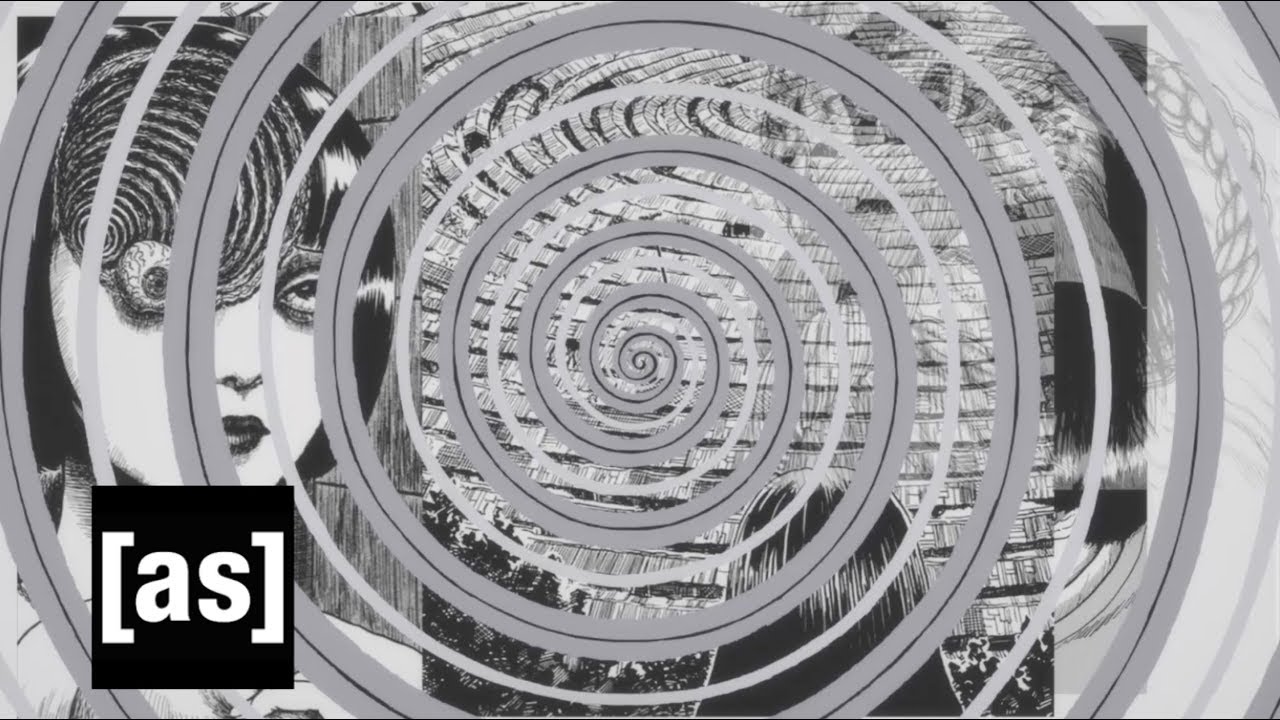

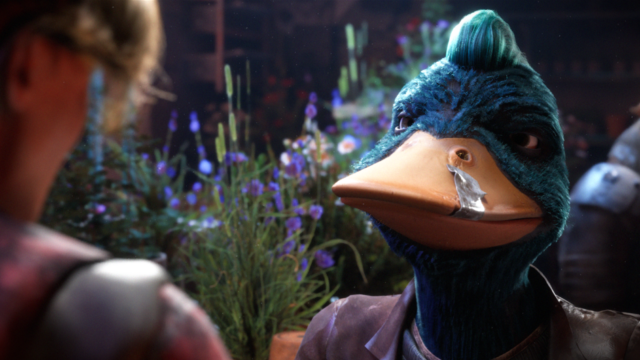
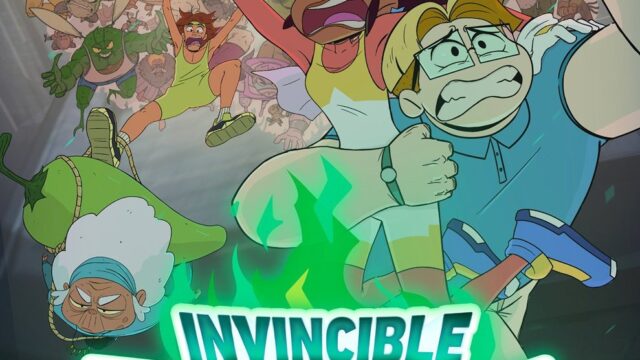

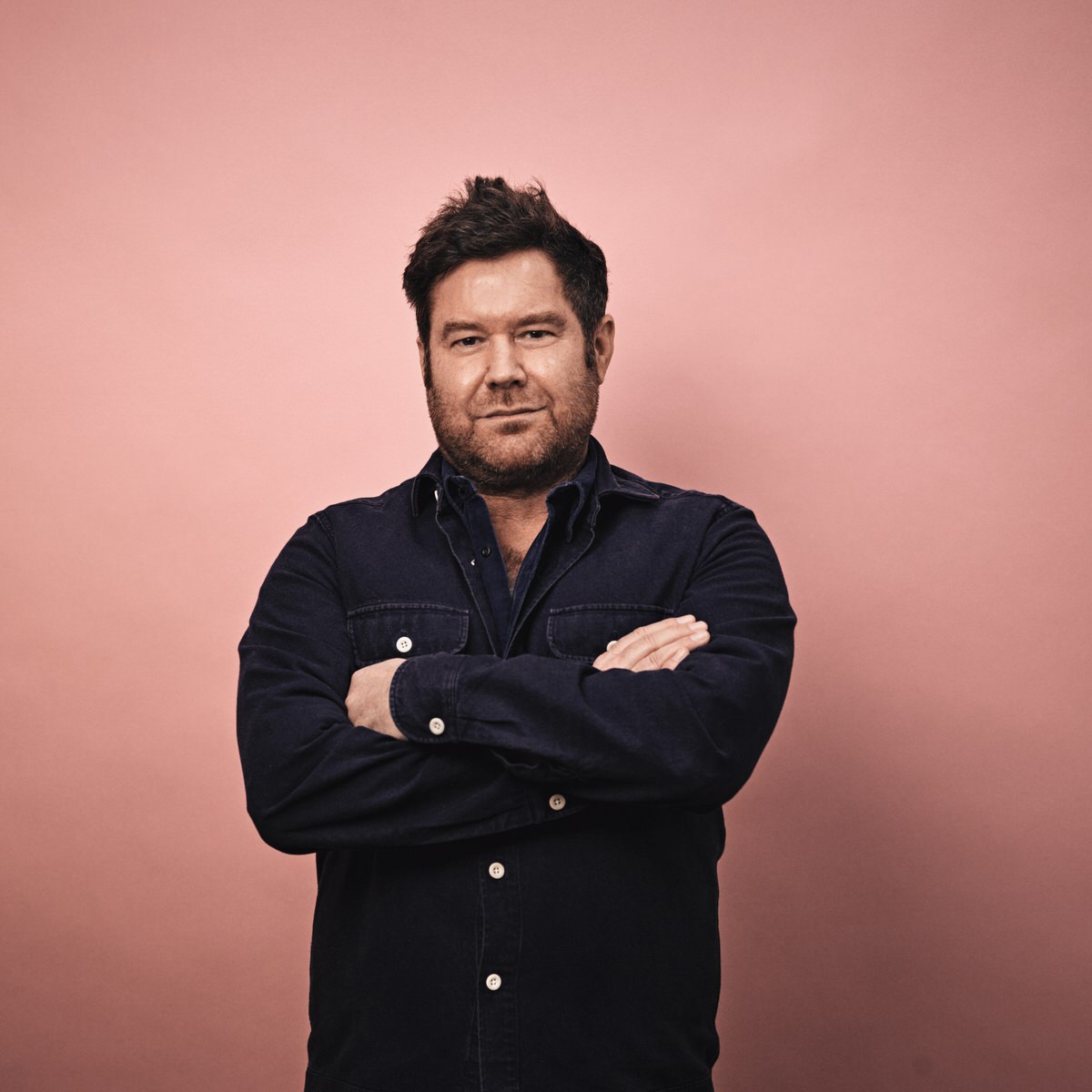












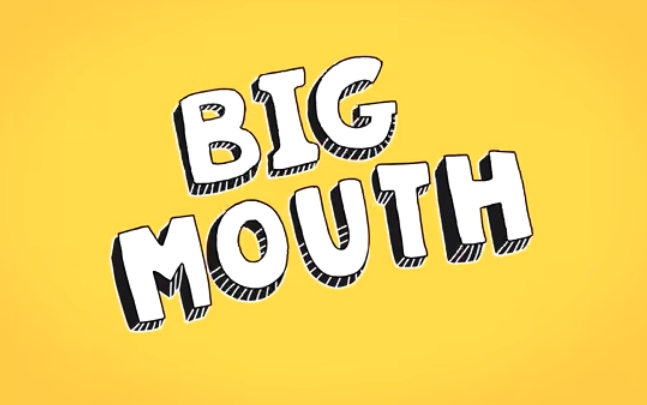

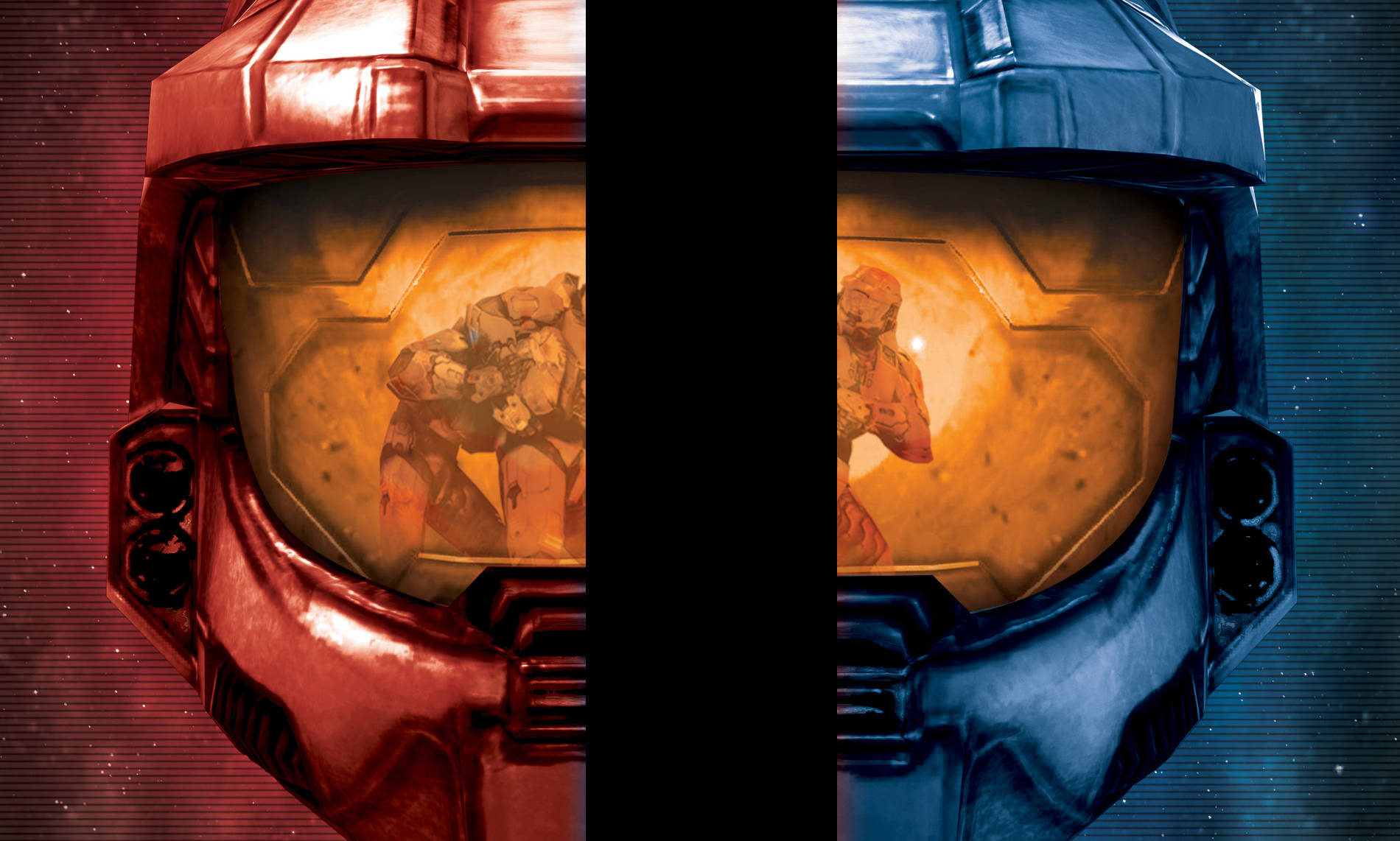



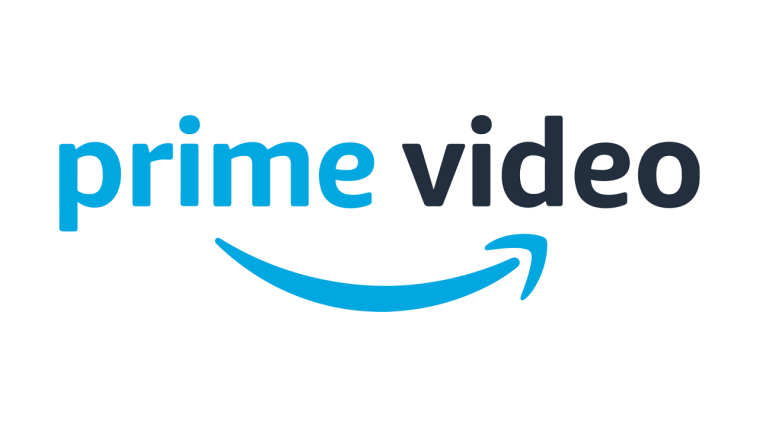
Too bad. The show is complete garbage and a waste of everyone's time.